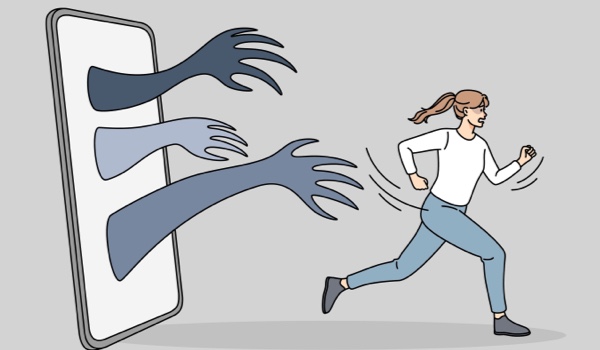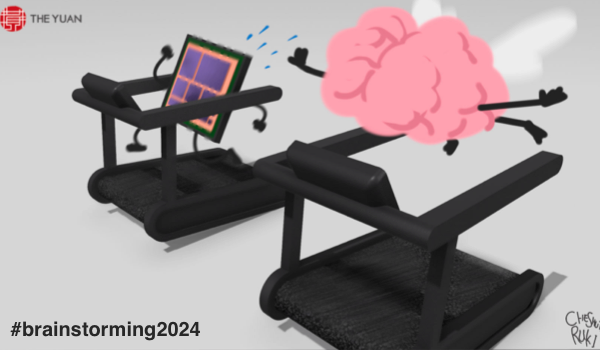


RIO - The opioid epidemic has been ravaging communities throughout the United States for the past few years, and up until this point, there has been very little indication of a brighter future. In the US alone, there were 81,000 deaths resulting from an overdose in a 12-month period ending May 2020. As the country, and entire globe, continues to deal with the ramifications of COVID-19, such as unemployment, food shortages, depression, and illness, there is a serious concern that it will drastically worsen the opioid crisis. The communities impacted by this crisis are often those poverty-stricken. These are the same communities that could benefit most from artificial intelligence (AI) if leaders take a human-centered approach.
Many of the cases involving opioid dependence following medical procedures, one of the biggest contributing factors to the crisis, could have been avoided with AI. The technology can predict which patients are at highest risk for severe pain after surgery, help develop personalized pain management plans and non-opioid alternatives, help prevent relapse, and much more.
Preventing Prescription Abuse
A report from the American Society of Addictive Medicine in 2010 details the number of pain medicines prescribed that year was four times that prescribed in 1999, and during the same time frame, six times as many patients were admitted to substance abuse programs. Furthermore, there was a fourfold increase in overdose death rates. Prescription abuse, whether intentional or not, is arguably the No.1 factor in causing today’s opioid epidemic.
One of the biggest issues is that doctors are required to base treatment options on each patient’s pain tolerance, so some are required to take higher medication dosage. With opioids, this can become problematic incredibly fast, with patients building up a qui
The content herein is subject to copyright by The Yuan. All rights reserved. The content of the services is owned or licensed to The Yuan. Such content from The Yuan may be shared and reprinted but must clearly identify The Yuan as its original source. Content from a third-party copyright holder identified in the copyright notice contained in such third party’s content appearing in The Yuan must likewise be clearly labeled as such. Continue with Linkedin
Continue with Linkedin
 Continue with Google
Continue with Google










 3143 views
3143 views







